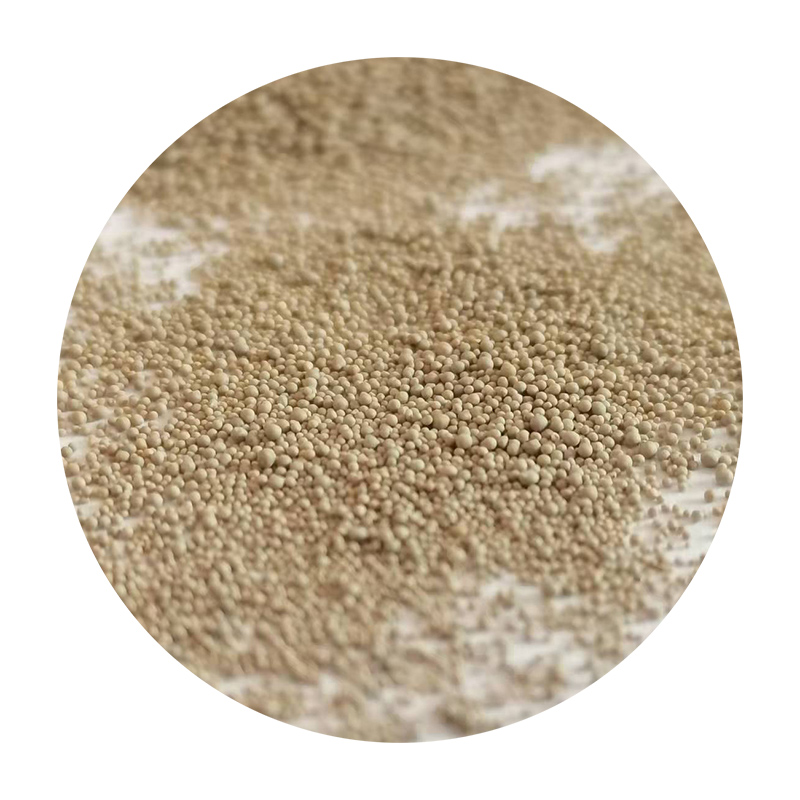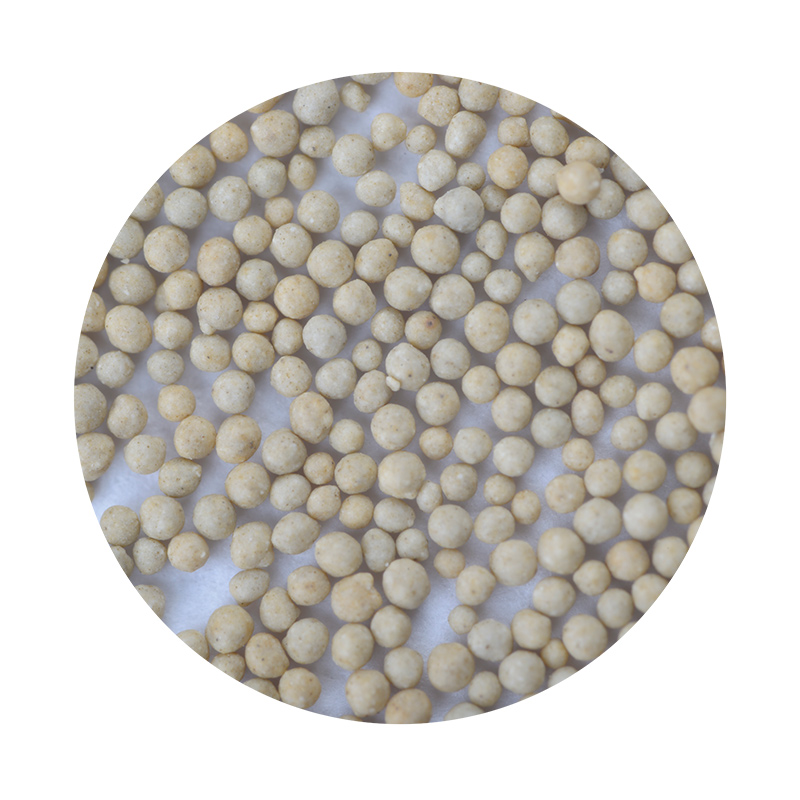
- Afrikaans
- Albanian
- Amharic
- Arabic
- Armenian
- Azerbaijani
- Basque
- Belarusian
- Bengali
- Bosnian
- Bulgarian
- Catalan
- Cebuano
- China
- China (Taiwan)
- Corsican
- Croatian
- Czech
- Danish
- Dutch
- English
- Esperanto
- Estonian
- Finnish
- French
- Frisian
- Galician
- Georgian
- German
- Greek
- Gujarati
- Haitian Creole
- hausa
- hawaiian
- Hebrew
- Hindi
- Miao
- Hungarian
- Icelandic
- igbo
- Indonesian
- irish
- Italian
- Japanese
- Javanese
- Kannada
- kazakh
- Khmer
- Rwandese
- Korean
- Kurdish
- Kyrgyz
- Lao
- Latin
- Latvian
- Lithuanian
- Luxembourgish
- Macedonian
- Malgashi
- Malay
- Malayalam
- Maltese
- Maori
- Marathi
- Mongolian
- Myanmar
- Nepali
- Norwegian
- Norwegian
- Occitan
- Pashto
- Persian
- Polish
- Portuguese
- Punjabi
- Romanian
- Russian
- Samoan
- Scottish Gaelic
- Serbian
- Sesotho
- Shona
- Sindhi
- Sinhala
- Slovak
- Slovenian
- Somali
- Spanish
- Sundanese
- Swahili
- Swedish
- Tagalog
- Tajik
- Tamil
- Tatar
- Telugu
- Thai
- Turkish
- Turkmen
- Ukrainian
- Urdu
- Uighur
- Uzbek
- Vietnamese
- Welsh
- Bantu
- Yiddish
- Yoruba
- Zulu
Kaist SuperSand for foundries
| Main Chemical Component | Al₂O₃≥53%, Fe₂O₃<4%, TiO₂<3%, SiO₂≤37% |
| Grain Shape | Spherical |
| Angular Coefficient | ≤1.1 |
| Partical Size | 45μm -2000μm |
| Refractoriness | ≥1800℃ |
| Bulk Density | 1.45-1.6 g/cm3 |
| Thermal Expansion(RT-1200℃) | 4.5-6.5x10-6/k |
| Color | Sand |
| PH | 6.6-7.3 |
| Mineralogical Composition | Mullite + Corundum |
| Acid Cost | <1 ml/50g |
| L.O.I. | <0.1% |
Advantage
● Higher refractoriness≥1800℃. In special casting conditions with higher temperature, it can provide better adaptability and lower the ratio of defects such as sand burning-on, sintering, and veining;
● Low thermal expansion coefficient. It can greatly lower the defects and improve the size accuracy of cast products.
● Lower angular coefficient<1.1. The full sintered ceramic sand can effectively improve the breathability and surface accuracy of cast products.
● Higher ceramic sand roundness. With a low rate of damages, the reclamation rate is more than 95%; the renewable time is more than ten times that of quartz sand and three times that of fused ceramic sand, showing better recycling performance and lowering the costs of handling industrial solid wastes.
● Lower bulk density(1.45-1.6g/cm3). If the weights are the same, KAIST ceramic sand can produce additional 25% sand core compared with fused ceramic sand to lower the procurement cost.
● Compared with fused ceramic sand, its bulk density is similar to that of quartz sand. It can be easily mixed when blending with quartz sand to avoid layered segregation.
● Due to the more uniform core-making density, the quality of cast products remains stable, providing higher regeneration rate of waste sand.
● The stable product properties and uniform colors can guarantee that the workshops are dust-free, green, and environment-friendly.
● A neutral material, KAIST SuperSand is applicable to acid and alkali resins.
● Higher renewable recycling characteristics. The recycling rate can reach 98%, it can reduce your purchase cost, and reduce the enterprise solid waste discharge to the maximum extent.
● 100% raw material use ratio to produce the Kaist SuperSand for foundries, no waste.
Application
Kaist SuperSand used for high-end casting, complex sand moldings and cores, lower foundry defects, sand castings with reclamation system (including mechanical and thermal reclamation ways), sand recycling with highest reclamation times, green castings for environment etc., all types of foundry sand.



Parts of Particle size Distribution
The particle size distribution can be customized according your requirement.
|
Mesh |
20 | 30 | 40 | 50 | 70 | 100 | 140 | 200 | 270 | Pan | AFS | |
|
μm |
850 | 600 | 425 | 300 | 212 | 150 | 106 | 75 | 53 | Pan | ||
| Code | 20/40 | 15-40 | 30-55 | 15-35 | ≤5 | 20±5 | ||||||
| 30/50 | ≤1 | 25-35 | 35-50 | 15-25 | ≤10 | ≤1 | 30±5 | |||||
| 40/70 | ≤5 | 20-30 | 40-50 | 15-25 | ≤8 | ≤1 | 43±3 | |||||
| 70/40 | ≤5 | 15-25 | 40-50 | 20-30 | ≤10 | ≤2 | 46±3 | |||||
| 50/100 | ≤5 | 25-35 | 35-50 | 15-25 | ≤6 | ≤1 | 50±3 | |||||
| 100/50 | ≤5 | 15-25 | 35-50 | 25-35 | ≤10 | ≤1 | 55±3 | |||||
| 70/140 | ≤5 | 25-35 | 35-50 | 8-15 | ≤5 | ≤1 | 65±4 | |||||
| 140/70 | ≤5 | 15-35 | 35-50 | 20-25 | ≤8 | ≤2 | 70±5 | |||||
| 100/200 | ≤10 | 20-35 | 35-50 | 15-20 | ≤10 | ≤2 | 110±5 | |||||
Products categories









